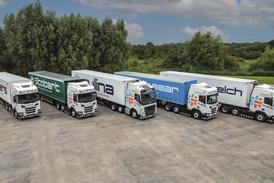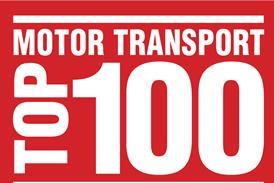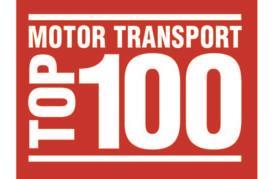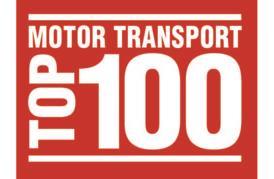Research suggests eHGV charging revenue could reach USD$21 billion by 2035

ABI Research has forecasted a growth in eHGV sales and charging infrastructure installations could contribute to an industry generating charging revenues of USD$21bn by 2035.
You have reached your limit of free news
Register for free today to read more content. Already registered? SIGN IN now
Want to read more?
Register for free now to access the full article.
Let us help you reach your carbon zero targets, sign up today and unlock:
- Unlimited access to breaking news, commentary and analysis around the decarbonisation of the road freight and commercial vehicle sector
- Continued access to the Freight Carbon Zero weekly newsletter, sent directly to your inbox












